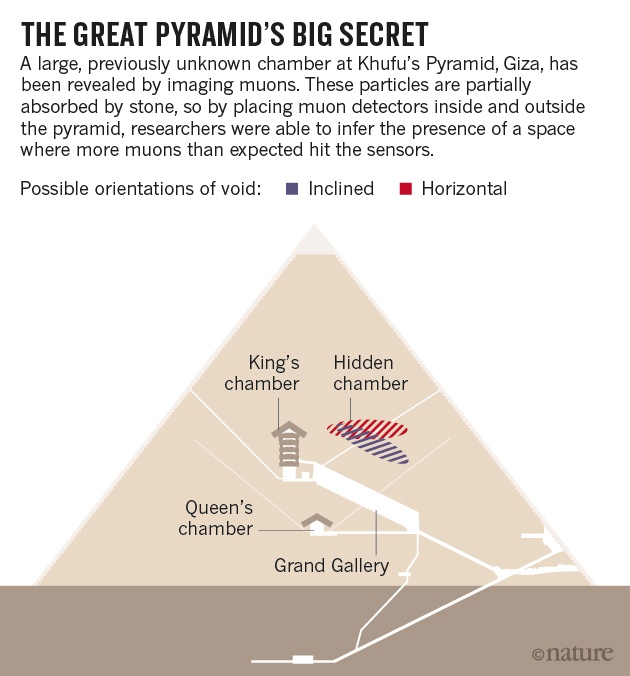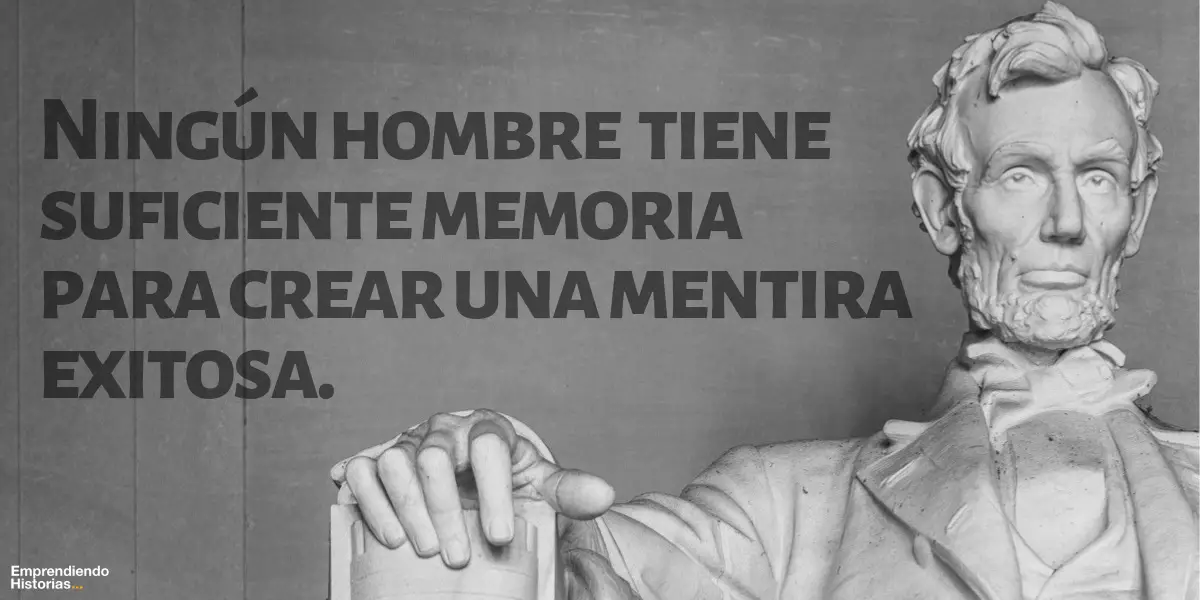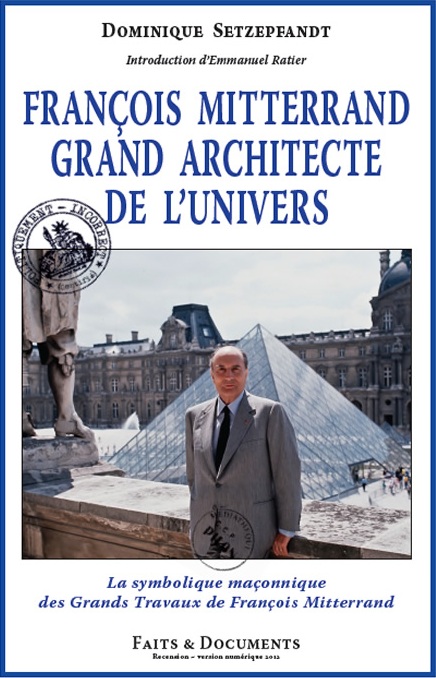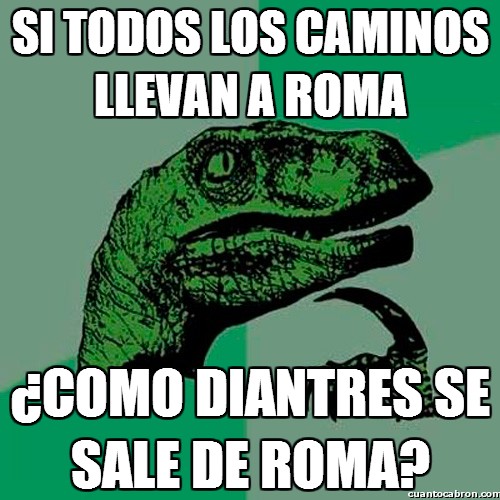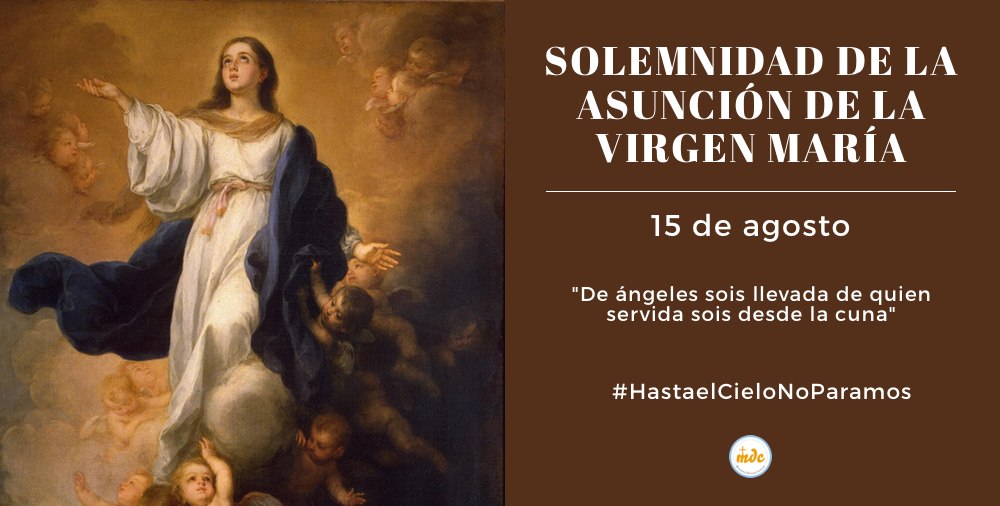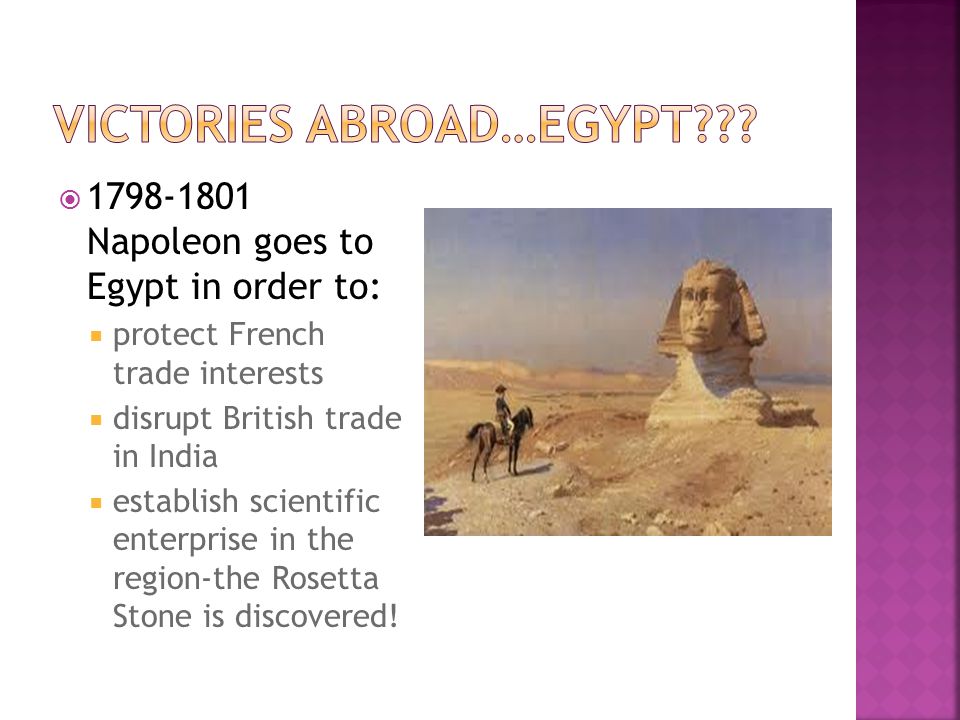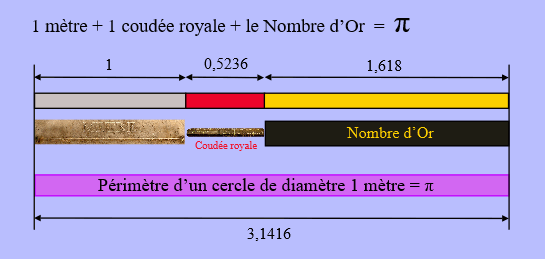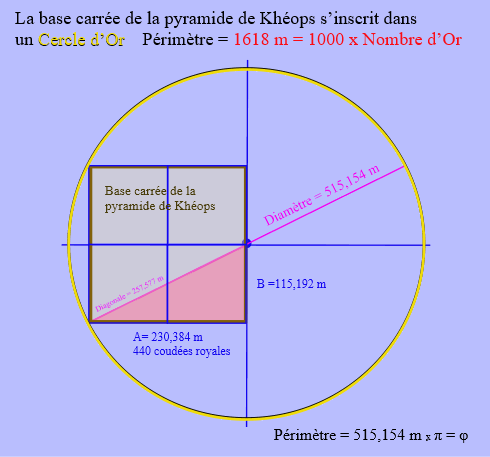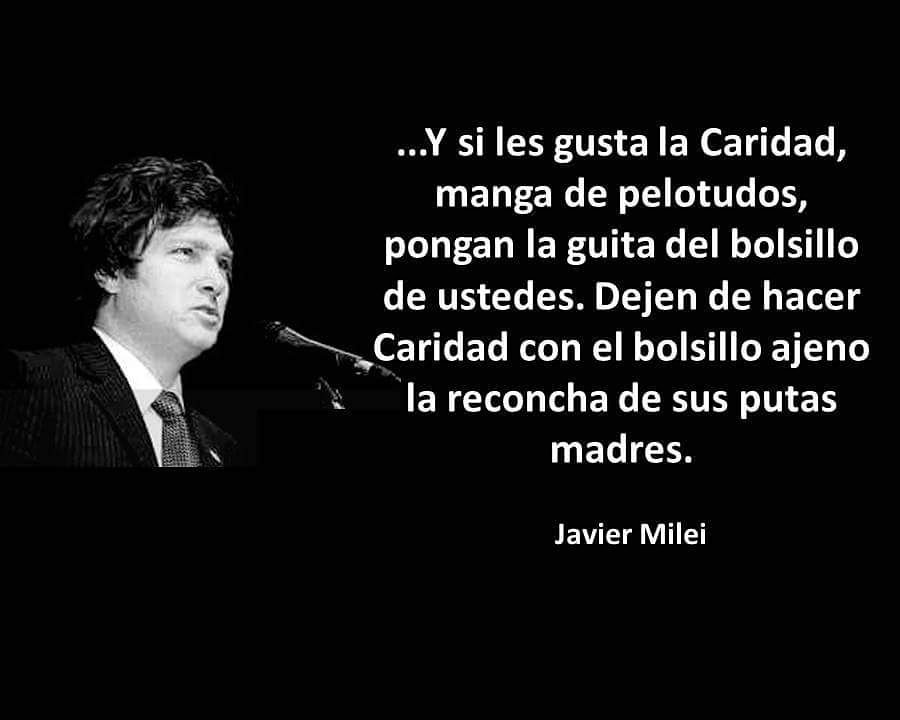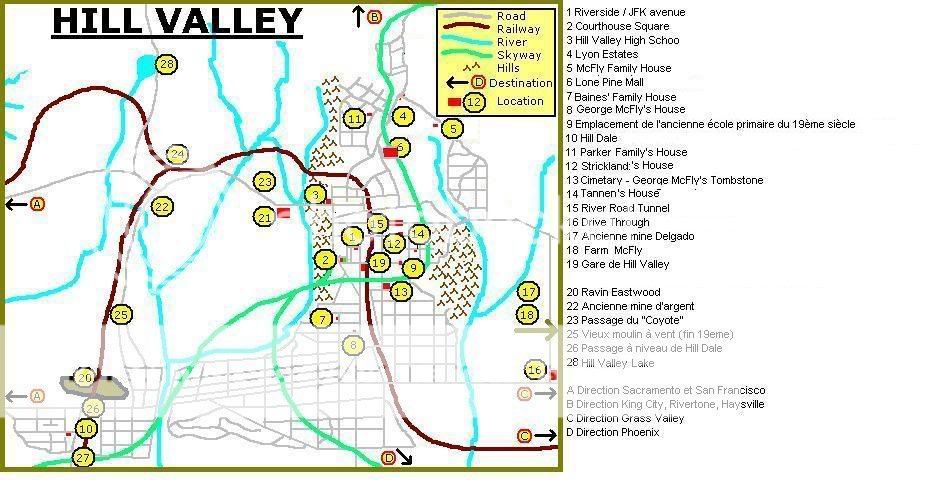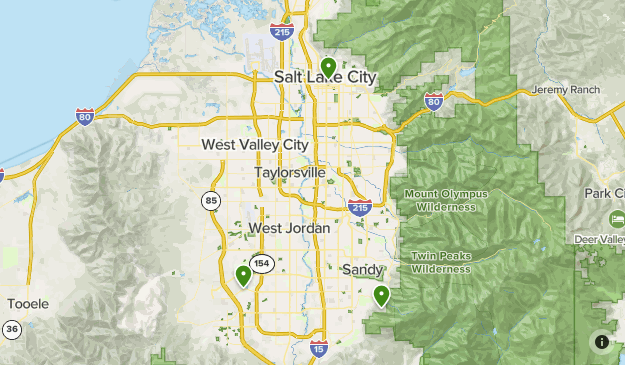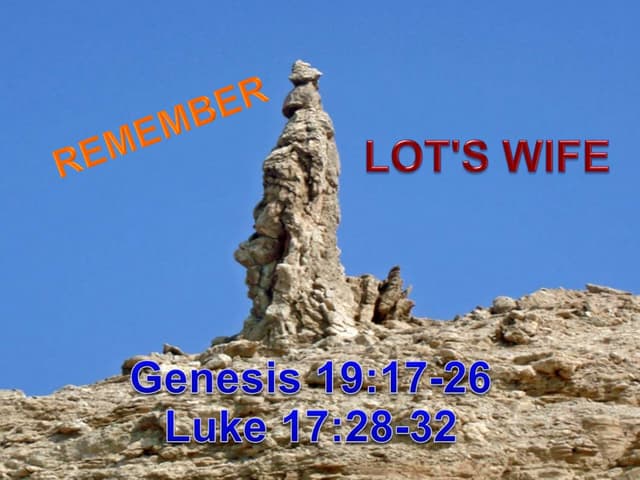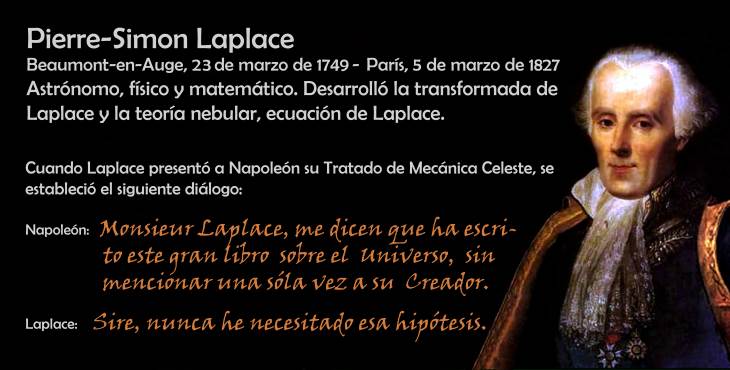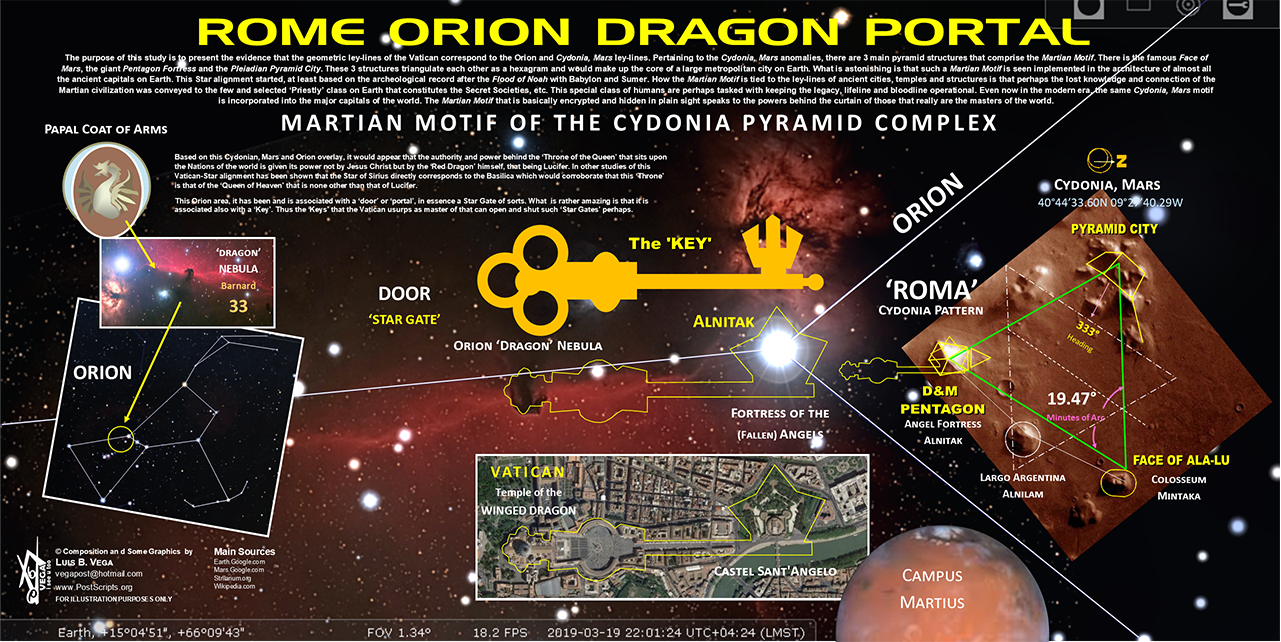Pyramids and the meter
Belgian television showed the film The Revelation of the Pyramids. It contains an intriguing suggestion for a mathematical relationship. Let us debunk it, though keep the intrigue.
I have three reasons to look into this. The first reason is the earlier weblog on the use of ‘archi’ Θ = 2 π = 6.283185307… rather than π as the key mathematical concept for the measurement of the circle. Other people suggest ‘tau’ τ but that looks too much like the radius r and thus will cause much confusion in the classroom. The second reason is the earlier weblog on the mathematics of Jesus. Since the holy family fled to Egypt there is ample reason to look what was happening there. The third reason is that the film suggests that there was an ancient advanced civilisation. Since we may all be disappointed about how we ourselves are doing as a civilisation, it would be great when we could discover that others in the past have been doing much better.
We will also use ‘phi’ φ = 1.618033989… or the golden ratio. This has the property that φ2 = 1 + φ, or alternatively that φ = 1 / φ + 1. It allows a particular interesting application of the Pythagorean Theorem. A right angled triangle with base a = 1 and height b = √φ generates a hypothenusa of c = √ (a2 + b2) = √(1 + φ) = √ φ2 = φ. The associated square has the surface φ2, and by using a circle of radius φ we can find that same value in the length of the interval 1 + φ. It appears that these dimensions have been used in the pyramid of Cheops. To measure length the Egyptians used the ell or the (royal) cubit of approximately 0.5236 meters (wikipedia: between 52.3 and 52.9 cm). The pyramid of Cheops has a height of 280 cubits and a full base of 440 cubits. That shape however consists of two right angled triangles. The proper triangle has a base of 220 cubits. The ratio is 280 / 220 = 14 / 11. It so happens that 11 * √φ = 13.99221614… ≈ 14. Thus the Egyptians chose a ratio in integer numbers that closely matches the real value of the golden ratio.

The film The Revelation of the Pyramids now presents the startling equation:
π = 0.5236 + φ2 or π = cubit + φ2
Startling about this is that π and φ are pure numbers while the length of the cubit only makes sense when everything is expressed by using the meter as the standard length. The pure numbers π and φ come about as ratio’s and thus by dividing lengths so that they do not depend upon any choice of measurement standard. But the value of the cubit changes if we switch from meters to feet and inches.
A first step is to check for accuracy. We find that π – φ2 = 0.5235586648… Thus the relation only holds by approximation, though the accuracy is eery.
A second step is to divide both sides by the cubit, or rather by the pure value π – φ2. Then we find:
π / (π – φ2) = 1 + φ2 / (π – φ2)
6.000459671… = 1 + 5.000459671…
There we are.
Do you see it ? Well, it took me some moments to find the proper sequence of explaning, so let us follow these steps.
A major point is that the use of π has been playing a misleading role in this analysis. It gives only a half circle and it is much better to use Θ and the whole circle.
The first point is the surprise that φ2 / (π – φ2) = 5.000459671… Reworked, we get:
φ2 / Θ ≈ 5 / 12
What is to say about that ? Well, it apparently is a mathematical property, like 11 * √φ ≈ 14. Sometimes mathematical numbers with complex properties and long decimal expansions can get close to ratio’s of specific integer values. This may be surprising, but it is a mathematical surprise. It cannot be a base for concluding that the ancient Egyptians knew about the decimal expansions of these numbers and their particular ratio. Once you decide to build a pyramid using the ratio of 14 / 11 since it is pleasing to the eye and with structural stability, then you are stuck with the implied mathematics, but that does not imply that you know more about the implied mathematics.
Secondly, let us assume that the Egyptians had their ell or cubit as an arbitrary length (based upon the human body). They also divided the year in 12 months and day and night in 12 hours each. Thus for them it makes sense to measure the circumference of a circle by 12 cubits, like we still do in our clocks. Of these 12 pieces of a pie, six can be allocated to π, five to φ2, and then one remains (all with a proportionality factor).

A small problem in this discussion is that the Egyptians might use either flexible ropes (circle) or rigid yardsticks (polygon). Let us assume flexible ropes (circle) first, as they have been nicknamed ‘rope-stretchers’. (See the appendix for approximation by a polygon.)
The radius r of that circle follows from Θ r ≈ 12 cubit, giving r ≈ 1.909859317… cubit ≈ 1.91 cubit. For the Egyptians there was nothing special about that number for that radius. The film shows that the capstone of the pyramid would have this side. That is not inconceivable given this geometry. (If the Egyptians had Θ ≈ 44 / 7 from π ≈ 22 / 7 then r ≈ 12 / Θ cubit = 12 * 7 / 44 cubit = 21 / 11 cubit = 1.90909 cubit. For them still no special value.)
It is only for us, who have adopted the meter (rather than feet and inches), that a sense of wonder arises. For r ≈ 1.909859317… cubit = 1.909859317.. * 0.5236 = 1.000002338… meters ! Alternatively put, if we take a circle with radius 1 meter then the division of the circumference by 12 gives us the Egyptian (royal) unit of measurement, namely via Θ r = 12 cubit or one cubit = Θ / 12 = 0.5235987756…. This uses the arcs rather than the sides of the polygon, and presumes that the flexible rope subsequently is transferred to a yardstick. (For the polygon, see the appendix.)
To understand what is happening here requires us to look into the history about the selection of the meter as the European standard of measurement. Officially, the French Academy decided in 1791 that a meter was to be one ten-millionth of the distance from the Earth’s equator to the North Pole (at sea level) (wikipedia). The expedition by Napoleon to Egypt took place in 1798-1801, thus later, and the results of the new Egyptology will not have been available immediately. From this we may tend to infer that the ancient Egyptians knew about the size of the Earth and reasoned like the French. It seems more reasonable to think differently. To start with, it is already curious to take something that is difficult to measure, such as the distance from the Earth’s equator to the North Pole, to define a standard. It seems more reasonable to assume that there were already circulating measures and that the story about the equator was only an embellishment. Apparently the circle with a circumference of 12 ells had been surviving over the ages and still made it into the discussion.
But the film then should be about what happened in France and not about mysteries in ancient Egypt.
NB. There is ample discussion about the measurements of the pyramid. The top is missing so we can only guess what the Egyptians intended. See the original Petrie measurements (base 9068 and height 5776 +/- 7 inches) and this discussion with drawings. Indeed, if the base is 220 cubits and the Egyptians had a precise estimate of √φ then the height would be 279.8443229 cubits, which is only a 0.06% of the whole height or one finger of a cubit short of 280. Because of this uncertainty, we cannot infer on these grounds that the Egyptians didn’t have a precise estimate of φ. It are other documents that show us that there were severe limits to their number system. We can neither infer that they were aware of the implication that φ2 = 1 + φ, We can observe however that they used geometry and architecture that closely matches these results. See the website by Gary Meisner for how you can create your own golden ratio paper pyramid.
PM. Sir Flinders Petrie (1853-1942) suggests that the basic inspiration lies in the circle rather than in the golden ratio. A circle with radius 7 has a circumference of 7 Θ ≈ 7 * 44 / 7 = 44, using the approximation π ≈ 22 / 7. This 44 gives a square with sides 11. A circle with radius 7 has the circumference of a square with sides 11. Thus we find the numbers 14 and 11 again.
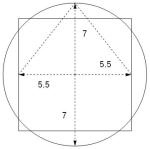
The argument then is that the Great Pyramid expresses Θ ≈ 4 * 440 / 280 = 44 / 7, and that the golden ratio is only a by-product. If this is the case then this knowledge about Θ has been kept secret or has been lost since later documents apparently don’t mention it. It is a bit curious how that knowledge can get lost when that very same pyramid is standing in front of you. Mankind however has achieved greater mysteries. Note that there is no quick transformation into φ2 / Θ ≈ 5 / 12. Via Pythagoras φ2 ≈ 1 + (14 / 11)2 = 317 / 121 and now φ2 ≈ 5 / 12 * 44 / 7 = 55 / 21. For us these are approximations only but for the Egyptians it sufficed that the construction worked. The Petrie approach to start with the circle and 14 / 11 ratio seems simplest indeed. Still, the builders will not have been insensitive to the lure of the golden ratio, and it is remarkable that they have hit upon this very shape.
Appendix
We can also assume that they did not use flexible ropes but rigid yardsticks to lay out a polygon with circumference of 12 cubits, and imagined it enclosed by a circle. We can calculate the sine of a half slice, with Sin[angle] = h / r. A half slice has h = 0.5236 / 2 and the associated angle = Θ / 12 / 2 rad or 15 degrees. We find r = 1.01152. The enclosing circle has a radius that is 1% or one centimeter longer than the meter.
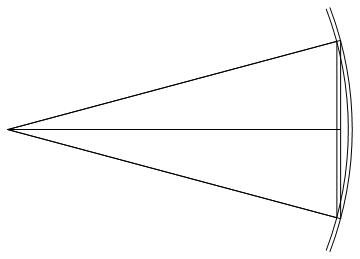
A slice of Θ / 12 of the polygon: The inner circle has r = 1 and h = Sin[Θ / 24] = 0.2588, the outer circle has r = 1.01152 and h = 0.5236 / 2 = 0.2618.


